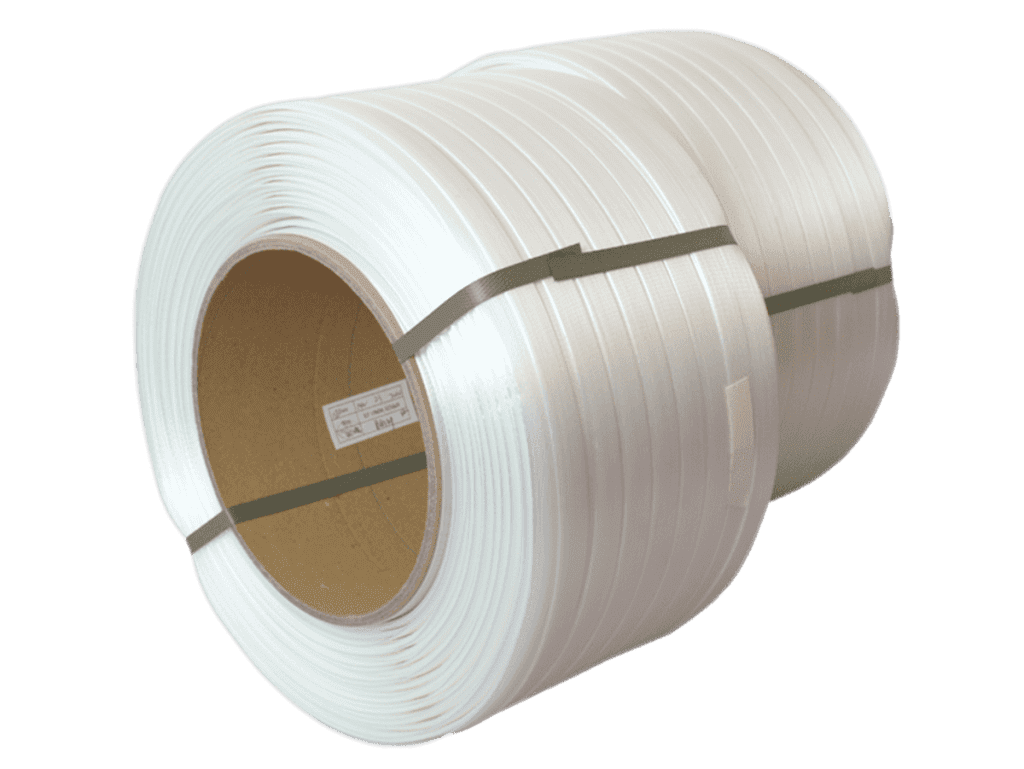Types of industrial packaging play a critical role in modern supply chains. Selecting the right packaging for each product is essential to ensure customer protection, preservation, and efficient delivery. There are various types of industrial packaging, each with unique purposes and characteristics.
Understanding the differences between these packaging and knowing what factors influence their selection is key for companies to maximize the effectiveness of their processes. Let’s explore the different characteristics of types of industrial packaging to provide a guide on how to choose the ideal packaging.
Types of Packaging: An Overview
There are three types of industrial packaging: primary, secondary, and tertiary. Each serves a different purpose:
Primary packaging is characterized by its direct contact with the product; its role is to contain and protect it—for example, plastic bottles for beverages or flexible bags for food.
Secondary packaging groups, several units of primary packaging form more extensive packages. It often serves functions related to communication, marketing, and logistic optimization. Cardboard boxes that bundle individual beverage cans are a typical example of this type of packaging.
Tertiary packaging is used for logistics handling. It consists of containers, pallets, and wraps designed to move large quantities of packaged products safely. Its goal is to facilitate efficient handling throughout the distribution process.
Understanding Primary Packaging
This packaging plays the crucial role of preserving and protecting the product throughout the entire distribution logistics process. Some typical examples include:
- Blister packs
- Flexible bags
- Plastic, glass, or metal containers
Primary packaging must be suitable for direct contact with the contents. In addition to protection, it also provides aesthetic or informational interaction with the end consumer in some cases. Choosing the right primary packaging is crucial.
Exploring Secondary Packaging
Secondary packaging is responsible for grouping and protecting several units of primary packaging to form more extensive packages. Some common examples include:
- Corrugated cardboard boxes
- Shrink-wrapped plastic packages
- Cardboard trays
Secondary packaging solutions aim to simplify inventory management and improve efficiency in transportation and storage. Choosing the right one is crucial for successful distribution to the point of sale. Get secondary packaging supplies with BMS.
Delving into Tertiary Packaging
Tertiary packaging is used for consolidation, transportation, and handling. It comprises containers, pallets, and external wraps that facilitate safe movement throughout the supply chain. Some options for tertiary packaging include:
- Wooden or plastic pallets
- Shipping crates and cages
- Wrappings like stretch film and strapping
Acquiring tertiary packaging solutions is fundamental for content protection. Key characteristics include stackability, compatibility with different modes of transportation, and efficiency in handling.
Comparing Features Among Packaging Types
While each type of packaging serves a unique purpose, it’s essential to see how they complement each other to achieve an integrated and efficient supply chain.
Primary packaging excels in direct preservation and interaction with consumers, while secondary packaging features add value in efficient bundling and display.
Tertiary packaging is essential for consolidation and large-scale logistics flows. A successful combination of these packaging can be seen in ultra-frozen foods. Primary packaging, like plastic trays, preserves the individual quality of each portion—secondary packaging with cardboard boxes bundles several of these items. Tertiary packaging consists of containers that ensure the cold chain.
Factors Influencing the Selection of Packaging Type
Various factors determine the optimal selection of industrial packaging for a given product. A key aspect is the physical and chemical nature of the product, including its shape, weight, fragility, reactivity, and shelf life.
These characteristics dictate containment, protection, oxygen, or moisture barrier requirements. It’s also crucial to consider expected conditions during transportation and storage, such as vibration, stacking, and more. This defines how resistant and durable the packaging needs to be.
Additionally, how the product is handled in the distribution chain determines necessary packaging attributes like stackability, ergonomics, or visibility. Environmental sustainability considerations must also be integrated into the decision. Prefer buying tertiary, secondary, and primary packaging materials that are renewable and recyclable.
Innovations in Industrial Packaging
The field of industrial packaging is constantly evolving, driven by innovation in materials, processes, and technologies. Some of the current leading trends are:
- Sustainable materials: Increased use of biodegradable plastics, compostable films, bio-based adhesives, and recycled cardboard.
- Intelligent technologies: RFID, sensors, and QR codes provide greater traceability and interaction capabilities.
- Functional design: Structures that maximize product protection, such as packaging with integrated cushioning and engineered padding.
- Active materials: Films that absorb oxygen or moisture to enhance the preservation of antimicrobial packaging that extends shelf life.
Innovation in industrial packaging improves product safety and preservation, reduces losses, and optimizes logistics processes.
Choosing the Right Industrial Packaging Partner
Choosing the right partner is crucial for a company to access the best solutions in industrial packaging for products. When selecting a packaging provider, essential considerations include:
- Proven experience in the specific industrial sector allows a deep understanding of the product’s unique needs.
- Consistent quality backed by rigorous controls and top-quality raw materials.
- Comprehensive service includes consultancy, design, production, logistics, and post-sales support.
BMS represents the ideal option as a provider of quality industrial packaging for various sectors. We offer high customization, integration of cutting-edge technologies, and strict quality control. We lead the industry in innovation and customer service, helping customers choose the right type of packaging.
The Ideal Industrial Packaging for Each Product
We have explored the relationship between the different industrial packaging types and any supply chain’s success. There is no one-size-fits-all solution. A deep understanding of the product and logistics processes is required to choose the ideal combination of packaging.Do you want to contact an industrial packaging supplier? At BMS, we focus precisely on providing advisory services and the provision of a variety of industrial packaging tailored to the customer. Contact us to explore how we can enhance your supply chain through optimal product packaging.
